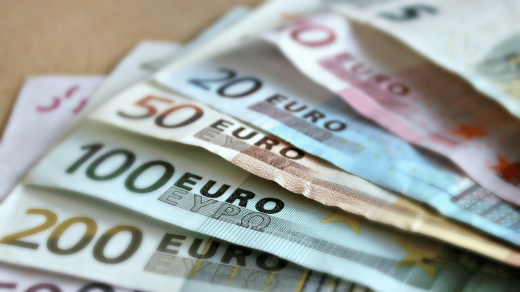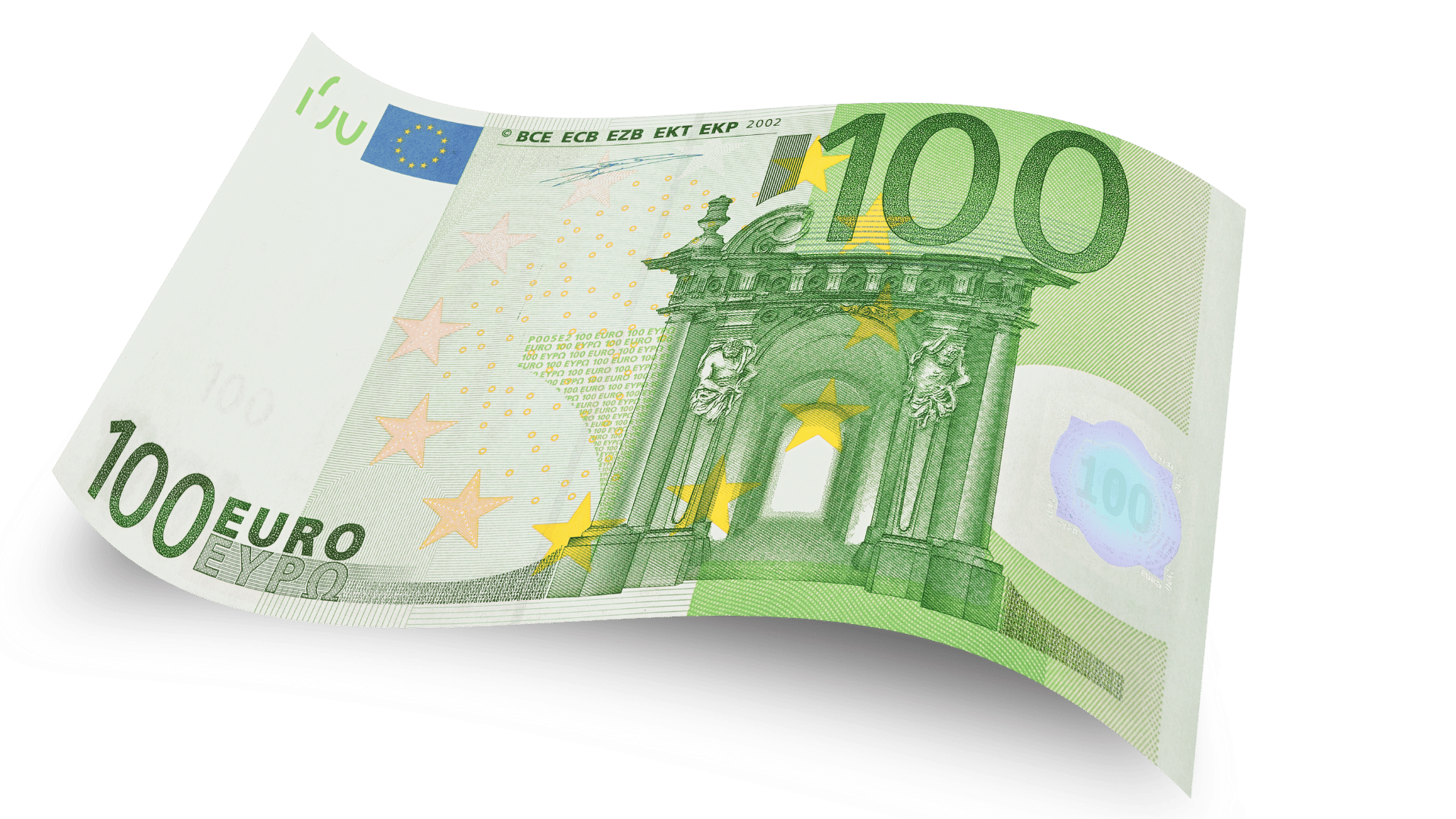5 Currency Facts You Probably Didn't Know About The Euro

If you're planning a trip to Europe, chances are you'll be using euros. Whether you're ordering a croissant in Paris, booking a train in Berlin, or shopping for souvenirs in Barcelona, the euro is the common currency that ties much of the continent together. So if you want to land prepared, make sure to order euros (EUR) in advance so you're not scrambling at airport exchange counters or foreign ATMs.
The euro (€) was introduced as the European Union currency in 1999 but the banknotes and coins were only put into circulation in 2002. The European Union describes it as the "biggest cash changeover in history," replacing 12 national currencies when it was first introduced. It is now the official currency of 20 out of the 27 European Union (EU) member countries and has been around for 26 years.
See the full list of countries and special territories that use the euro
The euro is used by over 340 million people every day, making it the second most traded currency in the world, right after the U.S. dollar. Overall, the euro has impacted Europe tremendously by allowing price stability within the eurozone, better integration, and greater influence in the global economy
See What Our Customers Have to Say
1. The Euro Was Born Out of Crisis
While the euro was part of a larger dream of European unity, it also emerged as a response to instability. In the early 1990s, Europe faced currency volatility, competitive devaluations, and economic uncertainty. The EU realized that tying economies together through a single currency could help create more predictability and long-term stability.
The 1992 Maastricht Treaty laid the legal groundwork. From there, it took almost a decade of preparation, building institutions, setting economic criteria, and aligning with financial systems to launch the euro.
2. There Are No More €500 Notes Being Printed
At one time, the €500 note was the most valuable euro bill, but its high denomination made it a favorite among criminals for money laundering and illegal transactions. As a result, the European Central Bank stopped printing it in 2019.
That said, if you happen to come across one, don’t worry, it’s still legal tender and can be exchanged at most banks.

3. Euro Banknotes Feature Fictional Architecture
The bridges, arches, and doorways on euro banknotes might look like real European landmarks, but they're not. When designing the notes, the European Central Bank deliberately avoided using actual structures from specific countries to prevent favoritism.
Instead, each banknote showcases a generic architectural style (e.g. Baroque, Gothic, Modern) representing different periods in European history. It's a subtle way of celebrating cultural heritage without stepping on national toes.
Each euro coin has a common side and a national side. While the common side shows the denomination and a map of Europe, the national side varies depending on the country that issued it.
4. The Symbol
The euro symbol wasn’t just picked at random. It was selected from a shortlist in the 1990s and designed to be simple, recognizable, and meaningful. The symbol (€) is based on the Greek letter epsilon (Є), a nod to the first letter in the word Europe. The two horizontal lines running through it are meant to represent stability.
Today, it’s one of the most recognized symbols worldwide.
Track the rate of the euro with our new Currency Exchange Rate Tracker

5. Denominations and Security Features
Euro notes are among the most advanced in the world when it comes to anti-counterfeiting technology. Each denomination has a distinct size and color, and most have tactile elements to help visually impaired users.
Security features include:
-
Watermarks visible when held up to light
-
Holograms that change when tilted
-
Color-shifting ink on the denomination number
-
Raised printing that gives the surface a textured feel
-
Microtext only visible under magnification
There are seven banknote denominations in circulation: €5, €10, €20, €50, €100, €200, and €500. Although the €500 note is no longer printed, it’s still legal tender.
Bonus Fun Fact: Euro banknotes are made of pure cotton-fiber paper
Currency Exchange International (CXI) is a leading provider of foreign currency exchange services in North America for financial institutions, corporations, and travelers. Products and services for international travelers include access to buy and sell more than 80 foreign currencies, gold bullion coins and bars. For financial institutions, our services include the exchange of foreign currencies, international wire transfers, purchase and sale of foreign bank drafts, international traveler’s cheques, and foreign cheque clearing through the use of CXI’s innovative CEIFX web-based FX software www.ceifx.com




